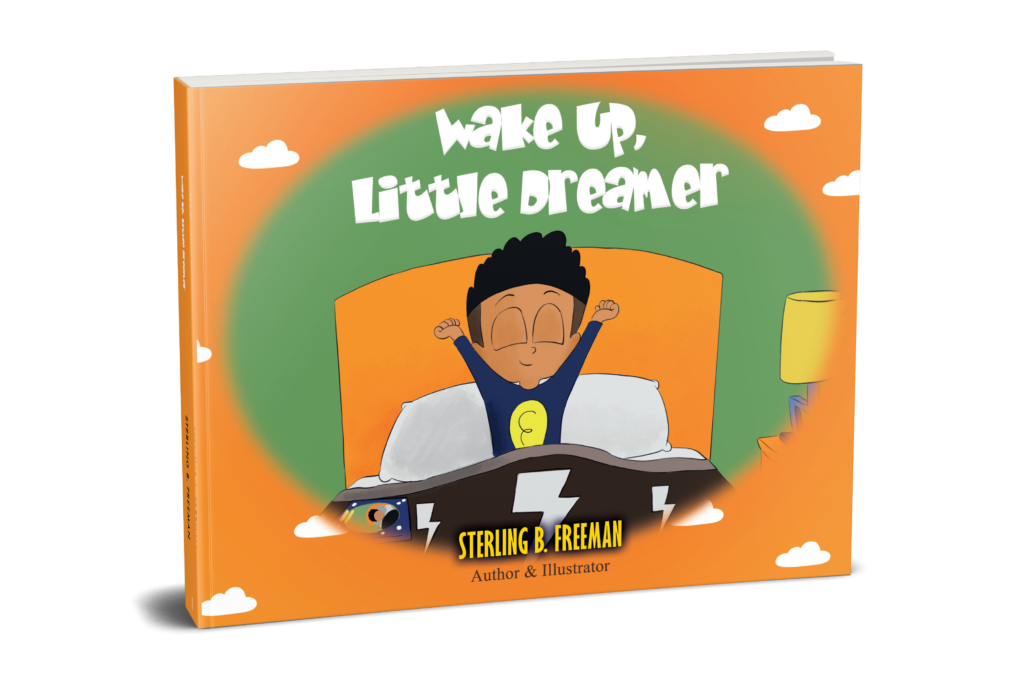From the youngest kindergartener to the high school student about to graduate, school burnout is an academic reality that impacts many. It can happen to teachers and students alike. So, what’s the impact on children?
In case you are uncertain, school “burnout in children happens when kids are faced with ongoing stress or frustration with no chance to relax and recharge,” as stated in an article by Lexi Walters Wright (Understood). While school burnout in children can have many different symptoms, a tell-tale sign is a change in attitude towards school.
According to a study published on NCBI, “Scholars agree with the well-known model describing students’ burnout through three dimensions: emotional exhaustion, cynicism, and sense of inadequacy.”
School burnout doesn’t happen to all children, but it does happen as school work becomes more demanding, even from children at younger ages. Check out these proven tips to keep your student energized, enlightened, and empowered throughout the entire school year!
Recognize the Signs
Is your child coming home with a sour attitude? Do they suddenly have trouble focusing on homework? Does your student seem tired even after a full night of sleep? If these symptoms seem familiar, your child may be suffering from school burnout.
Monitor your student for child burnout by paying attention to changes in their behavior. Are they struggling now in topics or behaviors they never had trouble with before? Do they suddenly have an aversion to school when they used to love school?
If so, they may be feeling overwhelmed by their academics. Students may begin to feel academic burnout at the mid-year mark of the school year as this is when subjects get more difficult, and tests pile up.
Intervene Early
Child burnout in school isn’t just reserved for older students. An article published on We Are Teachers discusses the straining impact of constant academics on kindergarteners’ perspective about school.
You can help your young student avoid years of school burnout by intervening early and recognizing when they may be pushed too hard for too long. If you believe not enough downtime is built into your child’s day, kindly approach their teacher about your thoughts.
Teachers want what is best for your child, too.
Read for Fun
Oftentimes, all a student needs is a relaxing atmosphere to come home to. Just like adults, children need brain breaks, too!
To keep your child’s joy for reading alive, encourage them to read “for fun.” Goodnight, Little Dreamer and Wake Up, Little Dreamer, written and illustrated by Sterling B. Freeman, are great options to help kids wind down for the night or enjoy during the day!
Here at the Little Light Series, we are dedicated to providing our best tips and resources for parents seeking information that help kids learn and grow. Keep your student’s love for school alive and join our email list for continuous information to inspire little dreamers.




